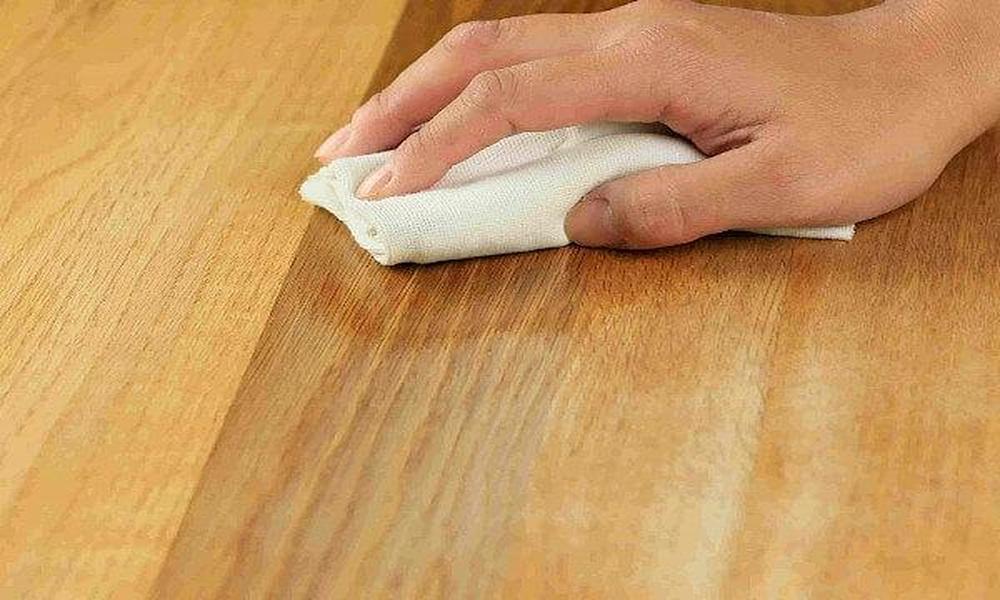Here is some incredibly useful furniture polishing tips:
Start with dusting and Use the right polish:
Before polishing your furniture, it’s important to remove any dust or debris from the surface. Use a soft, dry cloth or a duster to gently remove any dust, dirt, or debris from the surface of the furniture. Different types of furniture require different types of polish. For example, wood furniture typically requires a wax-based polish, while metal furniture may require a different type of polish. Be sure to read the label on the polish you’re using to ensure it’s appropriate for your furniture.
Test in an inconspicuous area and Apply polish evenly:
Before furniture polishing the entire piece of furniture, test the polish in an inconspicuous area to make sure it won’t damage the surface. Apply a small amount of polish to a hidden area, such as the underside of a table or the back of a chair, and wait a few minutes to see if it causes any damage. When applying polish to furniture, use a soft, clean cloth and apply the polish evenly in the direction of the grain. Be sure to apply the polish sparingly, as too much polish can leave a residue or build up on the surface of the furniture.
Buff with a clean cloth and Don’t polish too often:
After applying the polish, use a clean, dry cloth to buff the surface of the furniture. Buffing helps to remove any excess polish and gives the furniture a smooth, shiny finish. While it’s important to keep your furniture clean and polished, polishing too often can damage the surface. Over-polishing can cause a build-up of polish or wax, which can attract dust and dirt and make the furniture look dull or dirty.
Avoid using water:
When polishing furniture, it’s best to avoid using water or any liquids that can damage the surface. Water can cause wood to swell or warp, and can leave water spots or stains on metal surfaces. By following these tips, you can keep your furniture looking clean, shiny, and well-maintained for years to come.
These Mistakes Will Destroy Your FURNITURE POLISHING:
Here are some common mistakes to avoid when polishing your furniture:
Using the wrong type of polish: Different types of furniture require different types of polish. Using the wrong type of polish can damage the surface of your furniture. Applying too much polish can leave a build-up of residue on the surface of the furniture. This can attract dust and dirt, making the furniture look dull and dirty.
Using a dirty or abrasive cloth: Using a dirty or abrasive cloth to polish your furniture can scratch the surface and leave behind small, unsightly marks. Polishing your furniture too often can lead to a build-up of polish or wax on the surface, which can attract dust and dirt and make the furniture look dull or dirty.
Not dusting before polishing: Failing to remove dust and debris from the surface of your furniture before polishing can cause scratches and damage to the surface. Applying too much pressure when polishing your furniture can damage the surface and cause scratches or marks.
Not testing the polish: Before using a new polish on your furniture, it’s important to test it in an inconspicuous area to make sure it won’t cause any damage. Using water or other liquids to clean or polish your furniture can damage the surface and cause stains or watermarks.
Ignoring the manufacturer’s instructions: Different types of furniture require different care and maintenance. It’s important to read the manufacturer’s instructions and follow their recommendations for cleaning and polishing your furniture. By avoiding these common mistakes, you can keep your furniture looking beautiful and well-maintained for years to come.




